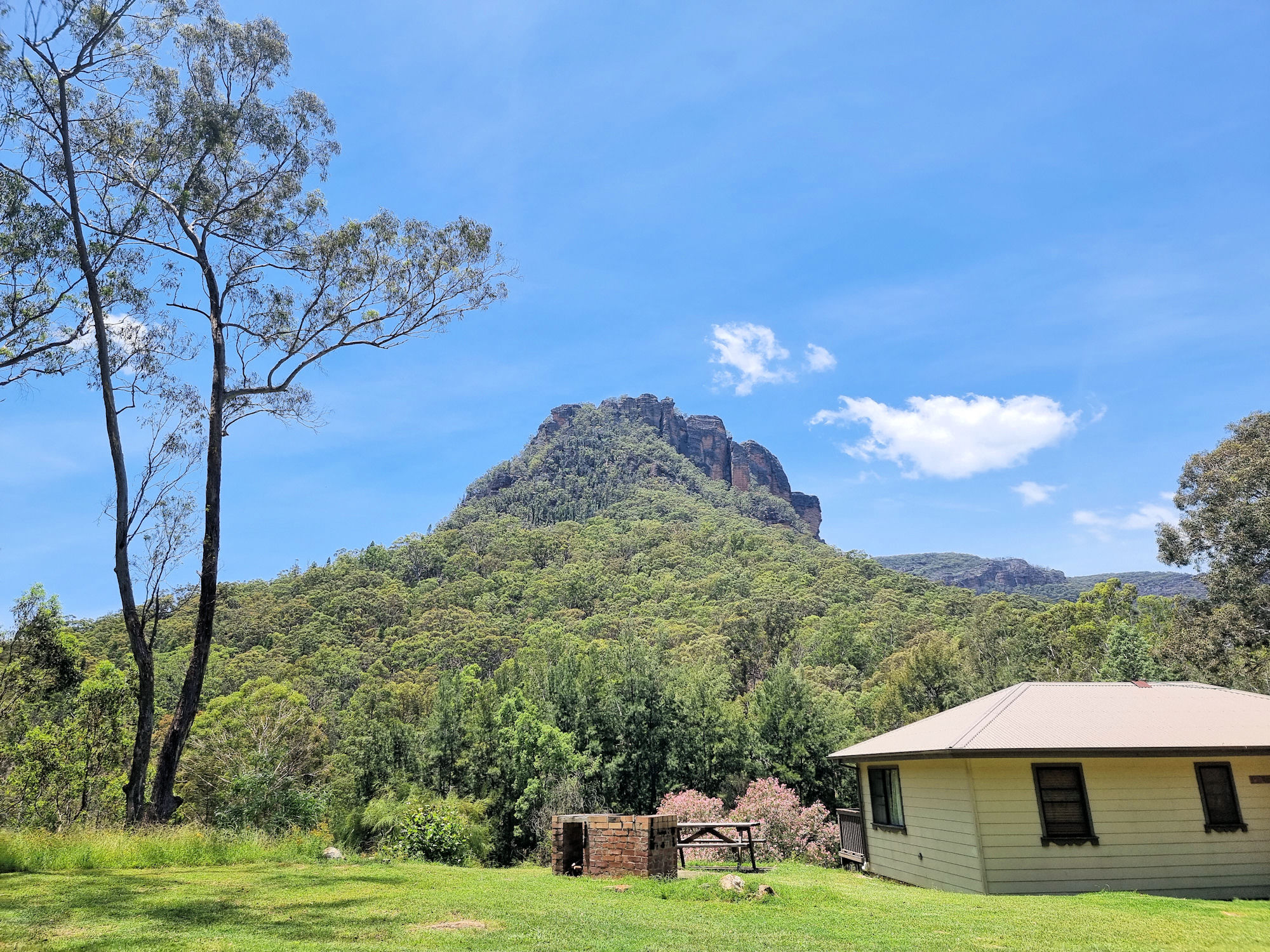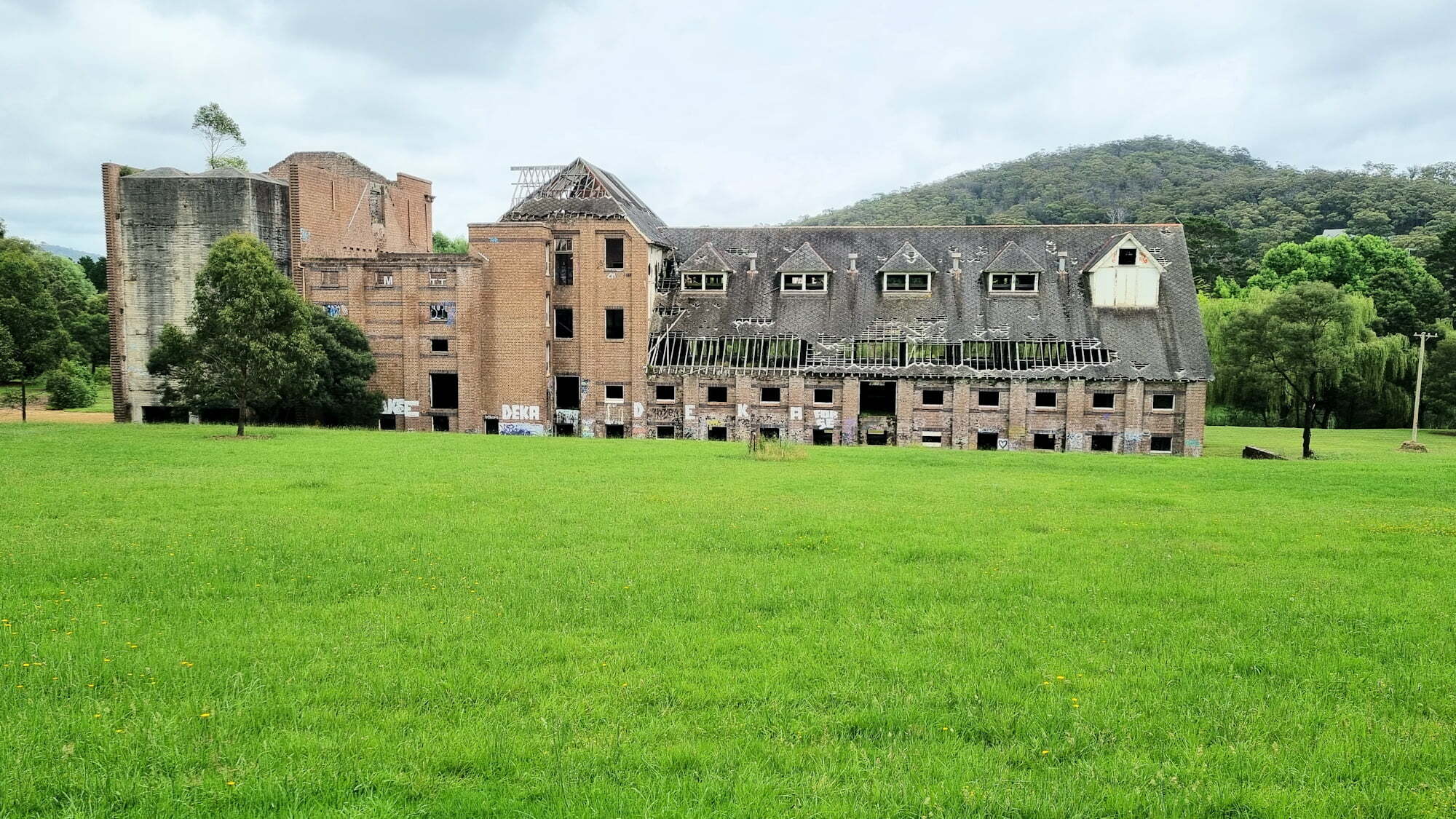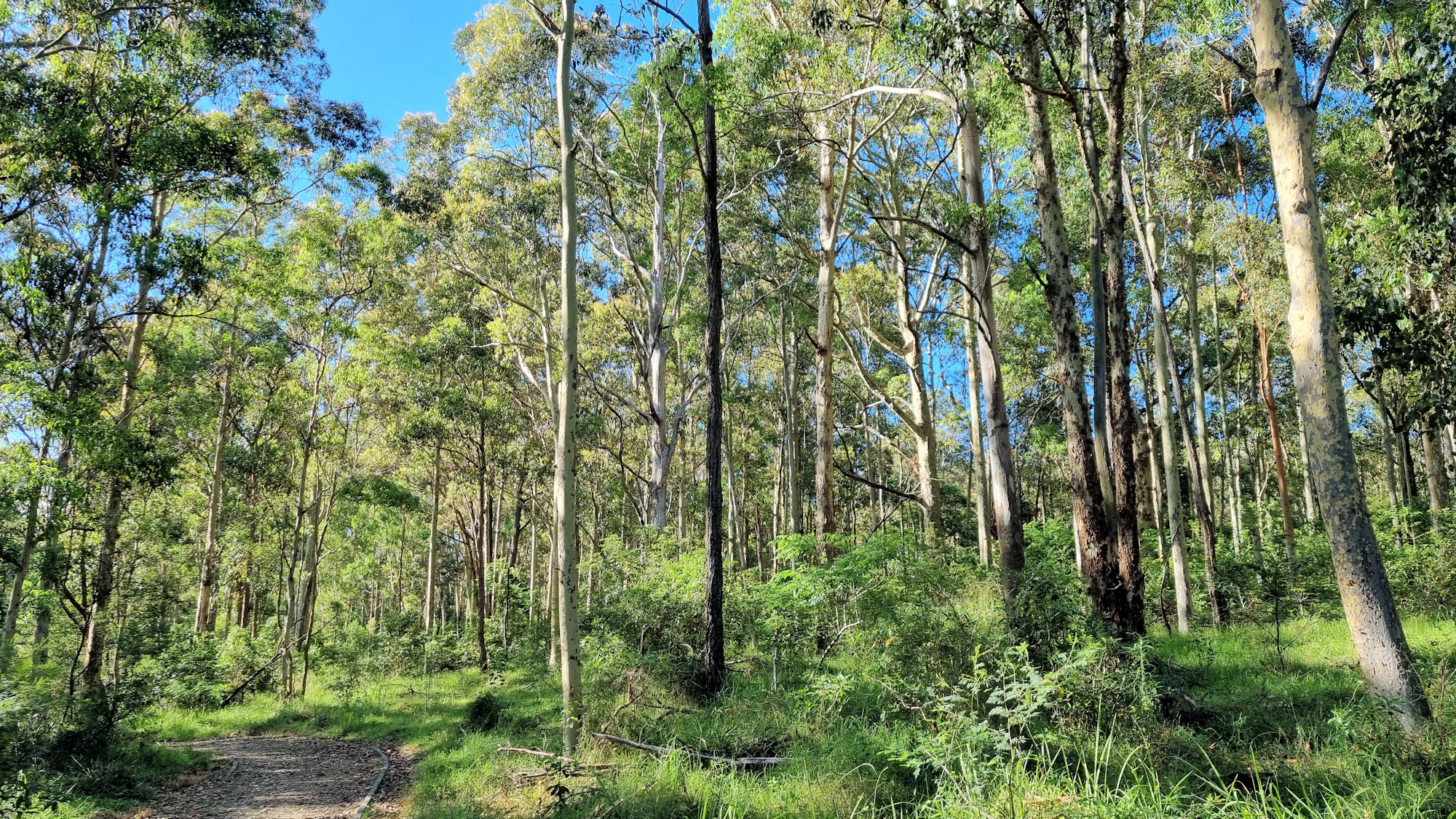Category: Ruin
Ruin
-
Newnes Industrial Ruins and Bushwalking

Newnes Industrial Ruins Located in the Wollemi National Park the Newnes Industrial Ruins is a heritage listed collection of decaying ruins of a once thriving shale oil processing plant. Established in 1902 and closed in 1932 due to the availability of cheaper crude oil, all that remain are decaying buildings and processing plant. The area… Read more
-
Mittagong Maltings

Mittagong Maltings Badly damaged by fire in 2016, the Mittagong Maltings is no longer accessible by the public. We discovered this when we visited and found it surrounded by a security fence with “Danger Keep Out Signs”. Now dangerous inside and containing asbestos, the owners have wisely taken site security seriously. Despite the damage, the… Read more
-
Heritage Walking Track Minmi

Heritage Walking Track Originally a coal mining area dating from the 1840s, little remains to remind you of its past. Following its closure in the 1980s, rehabilitation and dedicated work by the Minmi Heritage Landcare Group have removed many of the scars. Plantings of native trees, the eradication of invasive plants and the installation of… Read more